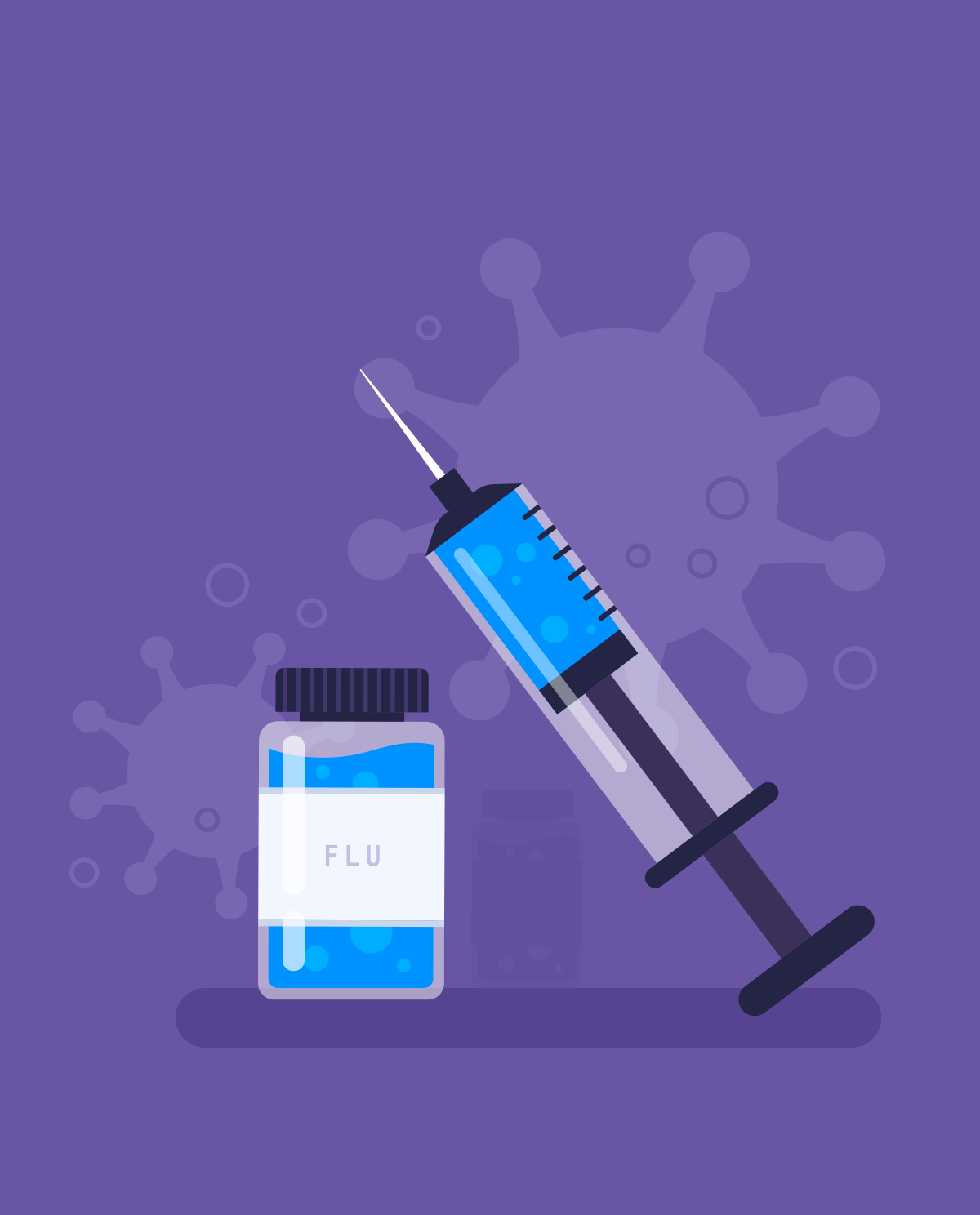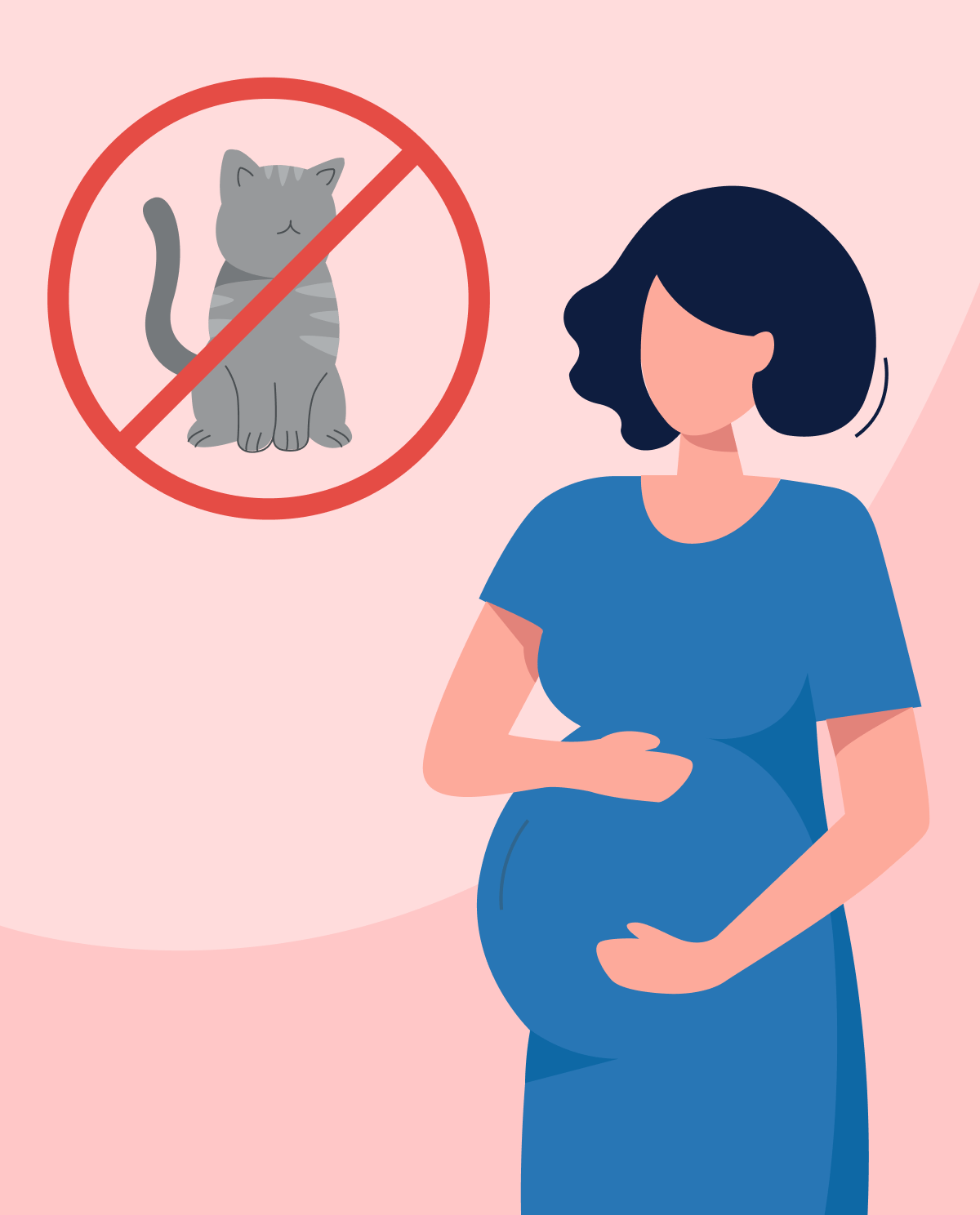What Is the Flu?
The flu, or influenza, is an acute infectious respiratory disease caused by influenza viruses A and B. Type A viruses are the more common cause of seasonal flu, characterized by significant antigenic variability, which necessitates annual modifications to vaccine compositions. Influenza viruses bind to the epithelial cells of the upper respiratory tract, replicate, and cause tissue necrosis and swelling. General symptoms result from an inflammatory response, primarily through cytokine release. The disease is transmitted among humans and some animals (such as pigs, horses, dogs, and birds) via droplets and contact with contaminated objects. The incubation period is 1-4 days. An infected person can spread the virus one day before and up to five days after symptoms appear (up to ten days in immunocompromised individuals).
Symptoms of the Flu
General symptoms of the flu include:
- Fever,
- Chills,
- Significant weakness and fatigue,
- Muscle pain,
- Headache.
Respiratory symptoms typically appear after 2-3 days of illness and include:
- Sore throat,
- Nasal congestion,
- Dry cough.
Less typical symptoms are:
- Laryngitis,
- Middle ear infection,
- Nausea,
- Vomiting,
- Mild diarrhea.
Symptoms usually resolve on their own within 3-7 days, but cough and weakness may persist for more than two weeks. About 0.4% of patients require hospitalization, particularly those over 60, pregnant women, children under one year old, and those with chronic conditions. Common complications include:
- Bacterial pneumonia,
- Bronchitis,
- Middle ear infection,
- Myocarditis,
- Encephalitis and meningitis.
Treatment for the Flu
The primary treatment involves antiviral drugs specific to the influenza virus (such as oseltamivir). Treatment is most effective when administered within two days of symptom onset. Additional recommendations include bed rest, consuming plenty of fluids, and symptomatic treatment with antipyretics, analgesics, cough suppressants, and hypertonic saline nasal sprays.
Flu Vaccination: Benefits and Recommendations
Influenza vaccines available in the U.S. are inactivated, containing killed viruses. They include split vaccines (containing split virions) and subunit vaccines (containing only surface proteins of the virus). Various manufacturers produce these vaccines, which may differ in name or appearance but have the same composition of virus types and subtypes recommended by the CDC for each season. Each vaccine contains four influenza virus strains. The vaccine composition is modified annually in response to changes in viral antigens. Research is ongoing for a universal, peptide-based vaccine that stimulates a cellular immune response.
Experts recommend annual vaccination for everyone over six months old, especially:
- Individuals with weakened immunity,
- Adults and children with chronic conditions,
- Organ transplant recipients,
- Pregnant women and those planning pregnancy,
- Children from six months to 18 years old,
- People over 55,
- Those in close contact with children under six months or elderly or chronically ill adults,
- Healthcare workers,
- Residents of care homes and social care facilities.
Is It Worth Getting Vaccinated?
Both the WHO and the CDC agree that flu vaccination is the most cost-effective and efficient way to combat the virus. Evidence of its effectiveness includes the observed decrease in flu cases among those over 65, linked to vaccination reimbursement programs. The primary function of flu vaccination is to reduce the severity of the disease and prevent complications. According to the CDC, vaccination reduces doctor visits due to flu by 40-60%, decreases ICU admissions by 82%, and significantly lowers the risk of death across all age groups. The National Institute of Public Health considers flu vaccination safe, with common side effects including redness and swelling at the injection site and flu-like symptoms. Vaccination carries a significantly lower risk of adverse health effects compared to contracting the flu. It's important to remember that by getting vaccinated, we not only protect ourselves but also vulnerable family members, coworkers, and infants.
Still want to know more? Follow to read about flu symptoms and treatment strategies.
- Interna Szczeklika 2018 Podręcznik Chorób Wewnętrznych, Autorzy: Piotr Gajewski, Andrzej Szczeklik Wydawnictwo: Medycyna Praktyczna
- https://szczepienia.pzh.gov.pl
- https://rcb.gov.pl/grypa-w-sezonie-epidemicznym-2018-2019-w-polsce-i-europie/
- http://wwwold.pzh.gov.pl/oldpage/epimeld/grypa/index.htm
- https://www.euro.who.int
- https://www.cdc.gov/flu/vaccines-work/vaccineeffect.htm
- https://www.ecdc.europa.eu
- https://www.who.int








